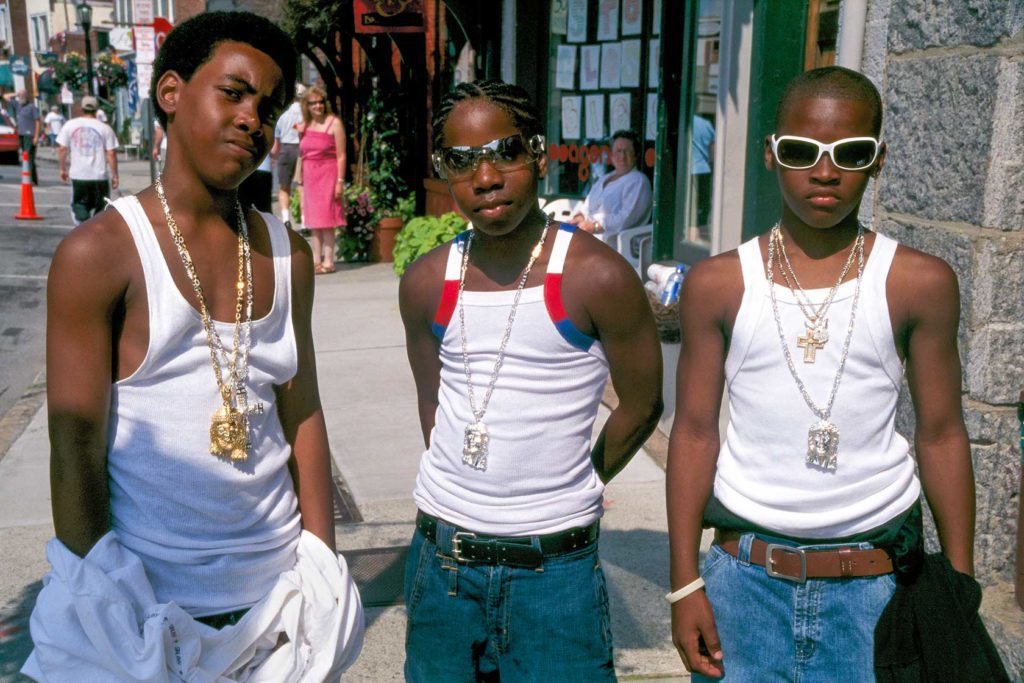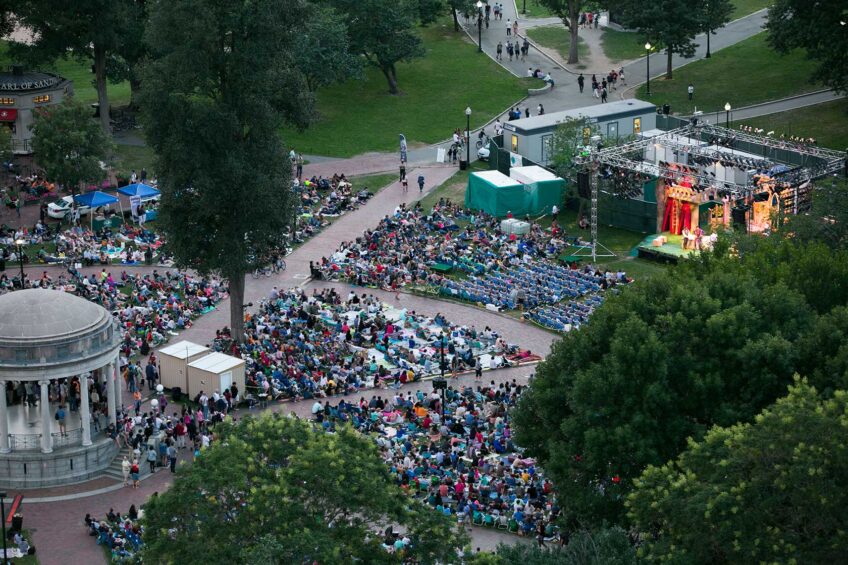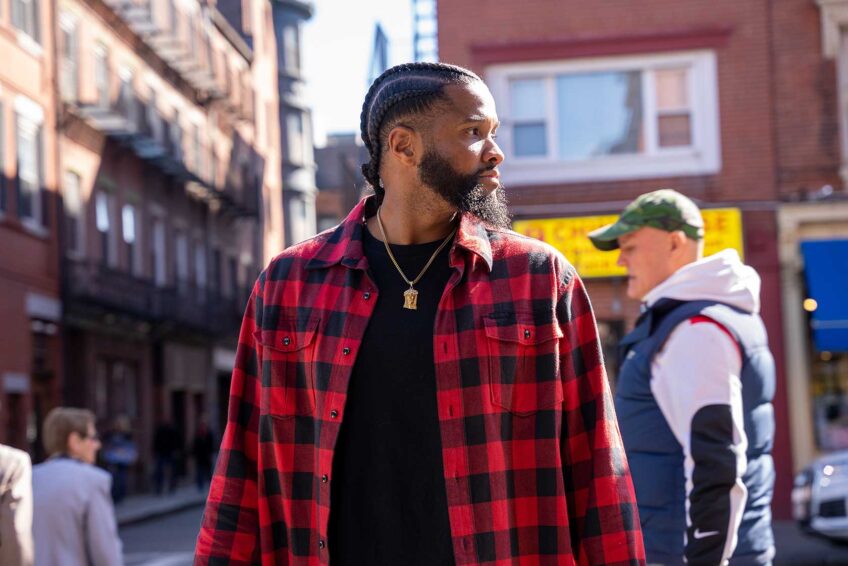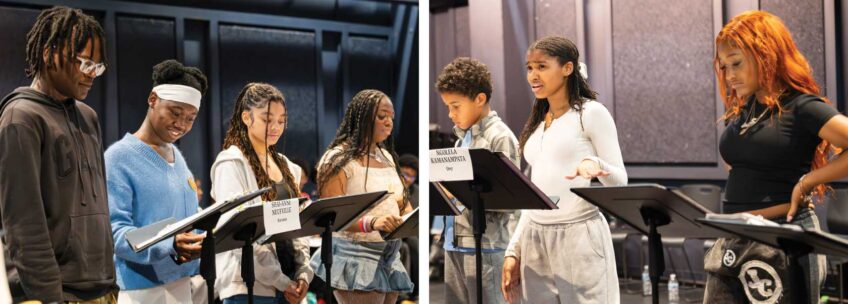From camera to canvas
Focus on Barkley L. Hendricks’ photography in ‘My Mechanical Sketchbook’

From Feb. 10 through July 24, The Rose Art Museum at Brandeis University presents “‘My Mechanical Sketchbook’ — Barkley L. Hendricks & Photography,” an exhibition exploring the photographic work of famed painter Barkley L. Hendricks. Co-curated by Dr. Gannit Ankori, Henry and Lois Foster director and chief curator at the museum, and Dr. Elyan J. Hill, guest curator of African and African Diaspora Art, the exhibition displays some never-before-seen works and examines the role of photography in Hendricks’ creative practice.

Barkley L. Hendricks, “Self Portrait,” 1979. Oil and acrylic on linen canvas. Courtesy Rennie Collection, Vancouver. PHOTO: Blaine Campbell.
“By displaying Hendricks’s riveting photographs, Polaroids and drawings alongside some of the artist’s well-known oil and acrylic paintings, we hope to shed new light on complex and fascinating aspects of his creative process, artistic versatility and brilliant, all-encompassing vision,” says Ankori.
Hendricks is best known for his groundbreaking portraits of Black Americans. He began crafting these modernist oil paintings in the 1960s and ’70s, depicting stylish and avant-garde subjects he met around the world. His work at once uses very contemporary monochrome palates and varying dimensionalities, while also drawing on the Western art-historical tradition of portraiture, where Black figures rarely appear. He adds Black subjects into that canon, while simultaneously challenging stereotypes of the media Black figures are pervasive in. In many of his portraits, the subjects confront the camera in a bold and unapologetic way.
“Throughout his life, Hendricks photographed people he found visually compelling, engaging and remarkable,” says Hill. “His Polaroids, photographs and paintings lovingly recorded the people around him and those who were part of his life — many of whom belonged to overlooked communities from Africa and the African diaspora.”

“Untitled,” c. 1995. Edition 1 of 5, 2 AP’s. Estate of Barkley L. Hendricks. Courtesy of the artist’s estate and Jack Shainman Gallery, New York.
The images presented in “My Mechanical Sketchbook” illustrate some of Hendricks’ preparation for a formal portrait, a slice of his artistic process, but they also stand as autonomous artworks in their own right. Hendricks’ works, in all media, are complex and multilayered. They explore fashion, color, negative space, Black joy and presence, and the pervasive racism of the United States. With his photographs and sketches, formal and spontaneous, displayed beside the paintings Hendricks is known for, a more dynamic understanding of the artist’s legacy is achieved.
“Hendricks had an astute talent for capturing the ways people chose to fashion and present themselves to a world that often denied their humanity,” says Hill. “The photographs convey the confidence, defiance, pride, beauty and joy of people taking pleasure in being seen and desired, highlighting Blackness as a beautiful spectrum rather than a monolith.”







